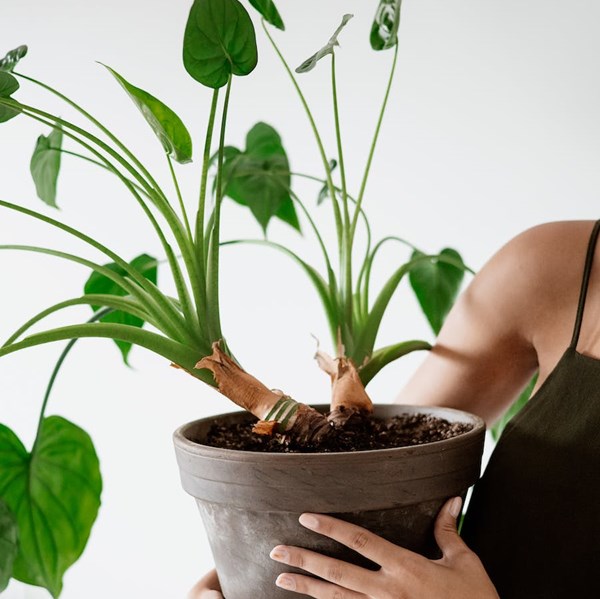TOP FIVE WAYS TO TACKLE THOSE PESKY INDOOR PLANT PESTS

Indoor plants are the perfect space fillers and will never fail to add that extra pop of colour to the Aussie home. However, despite being indoors and like all plants, indoor varieties aren’t immune to those irritating plant pests.
Narelle Peart from Scotts Osmocote says: “Indoor plants are just as much of a target for common plant pests and this is something many plant parents forget. Just because you spot a free-loading bug, however, doesn’t mean all hope is lost as there are plenty of ways to treat them.”
For those looking to keep their plants happy, healthy and pest free, Narelle has compiled her top five methods to remove pesky indoor plant pests;
Invest in a specialised spray: If you find yourself dealing with an aphid infestation, it might be worth purchasing a unique insect spray formulated to target these little critters. Although they might not look like much, aphids can sit on your indoor plants and suck sap resulting in damage to your plants. Just remember, plants are sensitive and don’t respond well to toxins, so be sure to use a natural insecticide suitable for indoors.
Re-pot your plant in new soil: One of the most common indoor plant pests is the dreaded fungus gnat. One of the most likely ways that our plants get these little critters is due to the fact that they may already be living in the potting mix prior to planting. To eradicate them, consider re-potting your plant into a specialised potting mix like Scotts Osmocote Indoor Premium Potting Mix, which is designed with a unique formula that is less prone to fungus gnats. Be sure to let your soil drain out between watering as having constantly damp soil can attract pests.
Give your plant soil a nutrient boost: Regardless of the pest, one of the biggest factors responsible for attracting indoor plant pests is simply that the soil lacking in bio-stimulants and nutrients. When this occurs, it creates a perfect haven for these pests to set up camp. To help your plants resist pests, invest in an indoor plant food which will restore the soil to its previously healthy state.
Utilise natural herbs: Although similar in size to an aphid, the common whitefly will take flight if disturbed. If you notice these pests inhabiting your indoor veggie garden, in particular, it might be a good idea to treat them with a more natural method. If you have some basil lying around, scatter the leaves around your plants to create a protective barrier. The overpowering scent will discourage these insects in no time.
Lay out some catnip: Although ants don’t actually cause your indoor plants any harm, they can be a big nuisance inside. To deter ants from setting up their new home in your potted plants, try spreading some catnip around the plant. Although this might sound strange, this perennial herb isn’t just useful for cats, it is in fact an inexpensive and natural method that is effective enough to discourage ants and other insects.



























